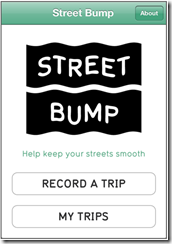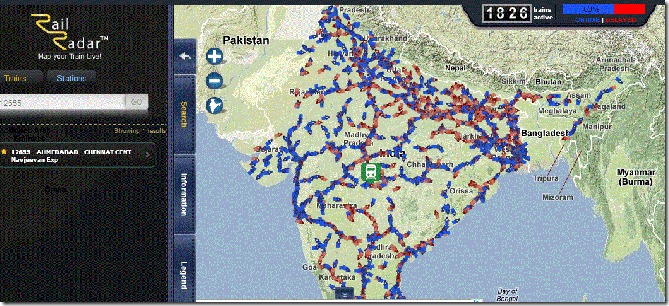Street Bump helps residents improve their neighborhood streets. As they drive, the mobile app collects data about the smoothness of the ride; that data provides the City with real-time information it uses to fix problems and plan long term investments.
Residents use Street Bump to record “bumps” which are identified using the device’s accelerometer and located using its GPS. Bumps are uploaded to the server for analysis. Likely road problems are submitted to the City via Open311, so they get fixed (e.g. potholes) or classified as known obstacles (e.g. speed bumps).
Street Bump is different from Boston’s first app, Citizen Connect, which required users to actively send a text of tweet, visit a website or call a 24-hour hotline to report a pothole or other nuisances. Other cities, including Honolulu, San Francisco, Washington, D.C., and Columbus, Ohio, have encouraged residents to report potholes using Facebook, Twitter, or special apps that allow residents to request city services using their smartphones.
Street Bump App – How it works:
Download from iTunes Now
Before they even start their trip, drivers using Street Bump fire up the app, then set their smartphones either on the dashboard or in a cup holder. The app takes care of the rest, using the phone’s accelerometer – a motion-detector – to sense when a bump is hit. GPS records the location, and the phone transmits it to a remote servers hosted by Amazon Inc.’s Web services division.
The system filters out things like manhole covers and speed bump using a series of algorithms – including one that can tell if the initial motion is up over a speed bump, as opposed to down into a pothole. If at least three people hit a bump in the same spot, the system recognizes it as a pothole.
How did they do it:
Costing $45000 and jointly funded by Boston City and Liberty mutual, the first prototype returned high false positives. Then the creators organized a competition with a prize money of $25000 and integrated ideas received in it.
Latest posts by Nagarajan M (see all)
- Teachers can now take Attendance in Google Meet when Teaching Online - May 30, 2020
- Some Best Visualization of CoVid19 Crisis - March 29, 2020
- The Story of Creation of the Digital Village that defied the Cash ban #Demonitisation - November 17, 2016







